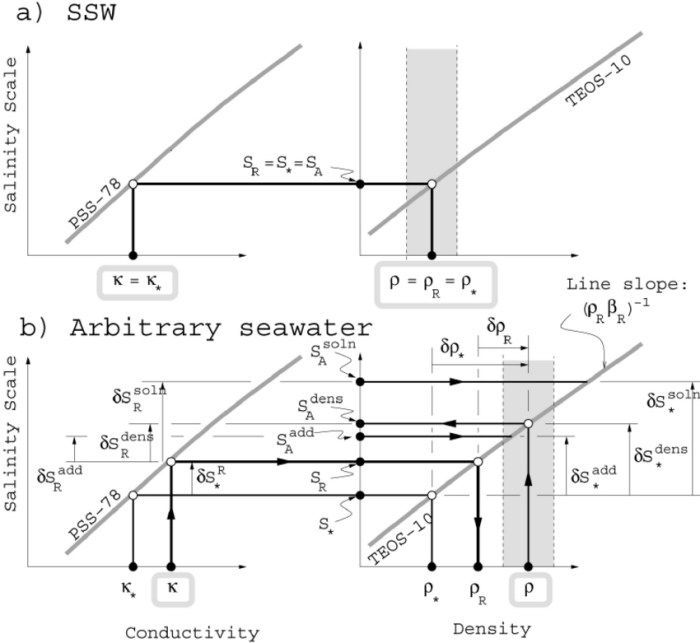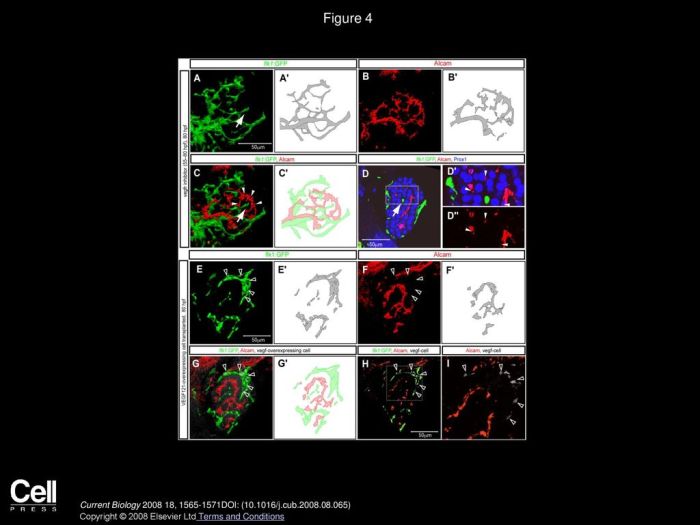How can the rondo be schematically outlined – The rondo form, a captivating musical structure, invites us to explore its intricacies. Its distinctive characteristics, including recurring themes and contrasting sections, have fascinated composers and listeners alike. This Artikel provides a comprehensive schematic framework for understanding the rondo’s form and elements.
Within this Artikel, we delve into the structural overview, thematic material, harmonic framework, rhythmic and metric organization, performance considerations, historical context, comparisons to other forms, and illustrative examples. Each section offers a detailed examination of the rondo’s essential components, providing a solid foundation for comprehending and appreciating this musical masterpiece.
Structural Overview

The rondo form is characterized by a recurring main theme (A) that alternates with contrasting episodes (B, C, etc.). The typical order of sections is ABACA, with the A sections typically in the same key and the B and C sections in contrasting keys.
The main theme is usually presented in the tonic key, and the contrasting episodes are often in related keys. The episodes may vary in character, mood, and tempo, providing contrast to the main theme.
Thematic Material
The main theme of a rondo is typically a strong, memorable melody that is easily recognizable. It is often repeated in its entirety several times throughout the piece.
The contrasting episodes typically feature different melodies, rhythms, and harmonies. They may be more developmental in nature, exploring different aspects of the main theme or introducing new musical ideas.
Harmonic Framework
The harmonic structure of a rondo typically follows the tonal system, with the main theme in the tonic key and the contrasting episodes in related keys.
The harmonic progressions used in the rondo are often simple and straightforward, providing a stable foundation for the melodic and rhythmic material.
Rhythmic and Metric Organization: How Can The Rondo Be Schematically Outlined
The rhythmic and metric organization of a rondo is typically regular and consistent, providing a sense of stability and forward motion.
The main theme is often presented in a simple, straightforward rhythm, while the contrasting episodes may feature more complex rhythms and meters.
Performance Considerations

The performance of a rondo requires a balance between the repetition of the main theme and the variety of the contrasting episodes.
The tempo, articulation, and dynamics should be carefully considered to create a sense of contrast between the different sections.
Historical Context
The rondo form originated in the Baroque period, where it was used in both instrumental and vocal music.
The rondo form continued to be popular in the Classical and Romantic periods, and it remains a staple of the classical repertoire.
Comparison to Other Forms

The rondo form is similar to the sonata form in that it features a main theme that alternates with contrasting episodes.
However, the rondo form is typically more concise and less developmental than the sonata form.
Examples and Analysis

One of the most famous examples of a rondo is the “Rondo alla Turca” from Mozart’s Piano Sonata No. 11.
The main theme of this rondo is a lively melody in the key of A minor. The contrasting episodes are in the keys of F major and D minor, providing a sense of contrast and variety.
FAQ Compilation
What is the basic structure of a rondo?
A rondo typically follows the pattern ABACABA, where A represents the main theme and B and C represent contrasting themes or sections.
How does the harmonic framework contribute to the rondo’s form?
The harmonic progressions in a rondo often reinforce the structural divisions, with the main theme returning in the tonic key and contrasting sections exploring different harmonic areas.
What is the role of rhythm and meter in shaping the rondo?
Rhythm and meter play a crucial role in defining the character of a rondo. The main theme is often presented in a clear and regular rhythm, while contrasting sections may introduce rhythmic variations or syncopations.